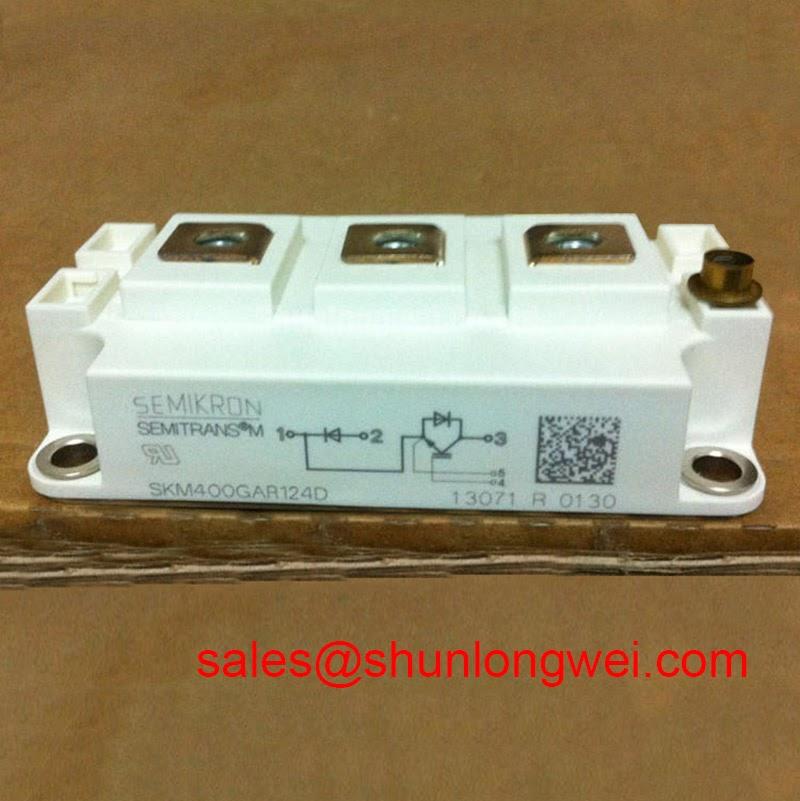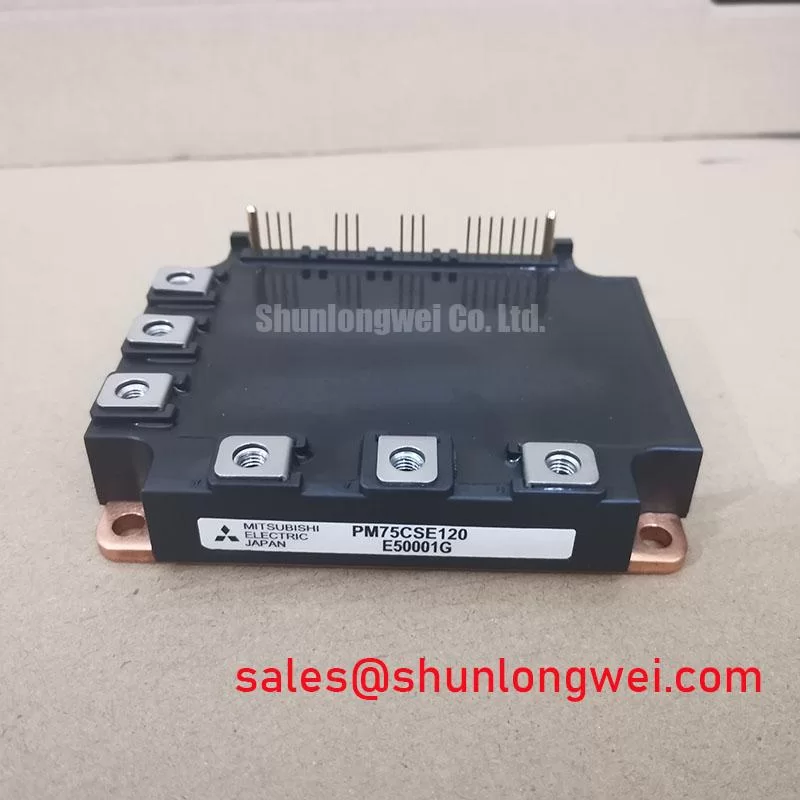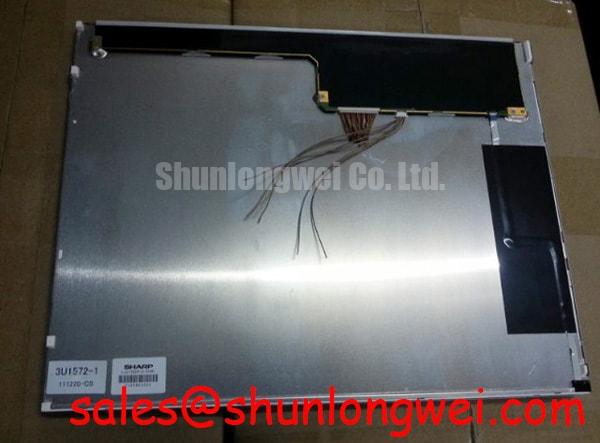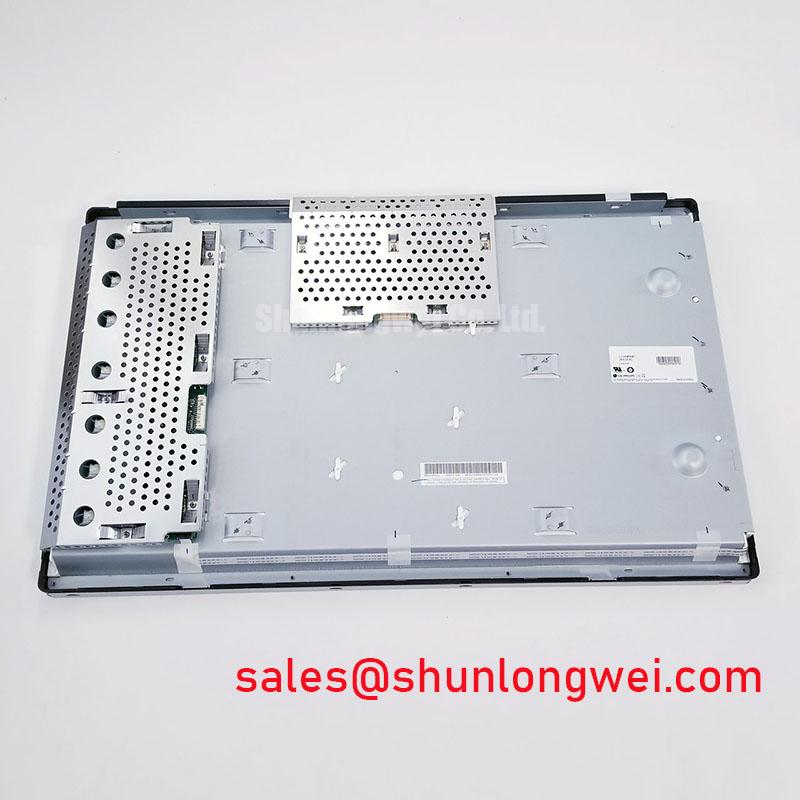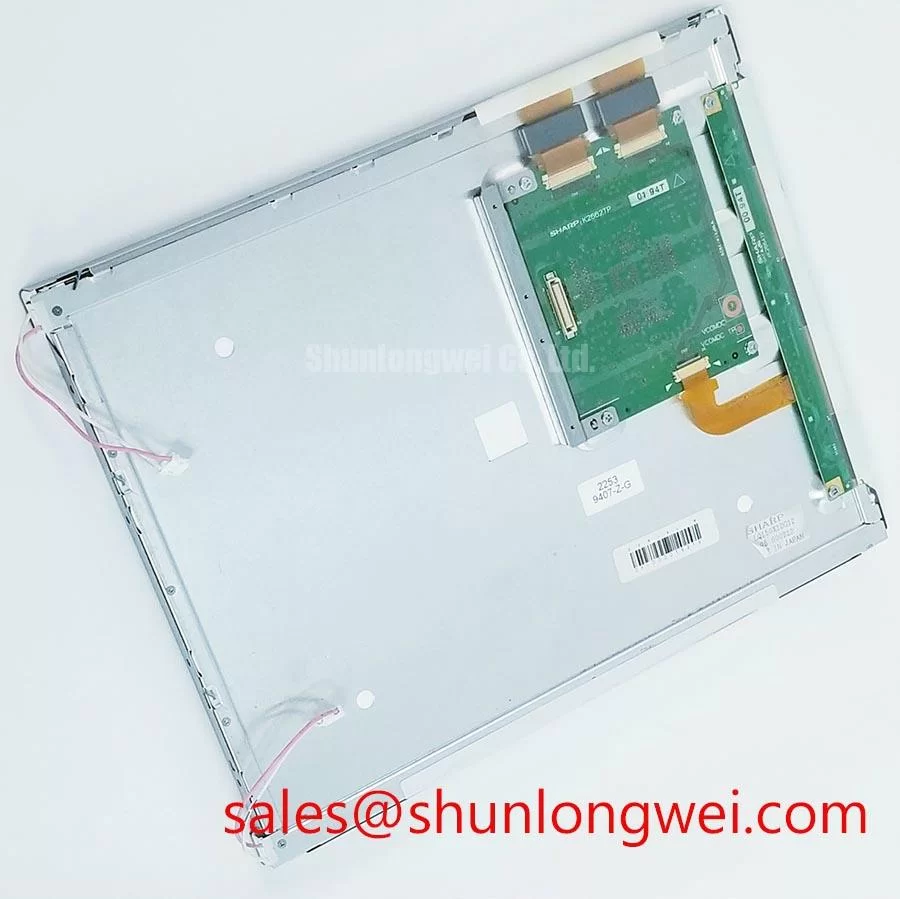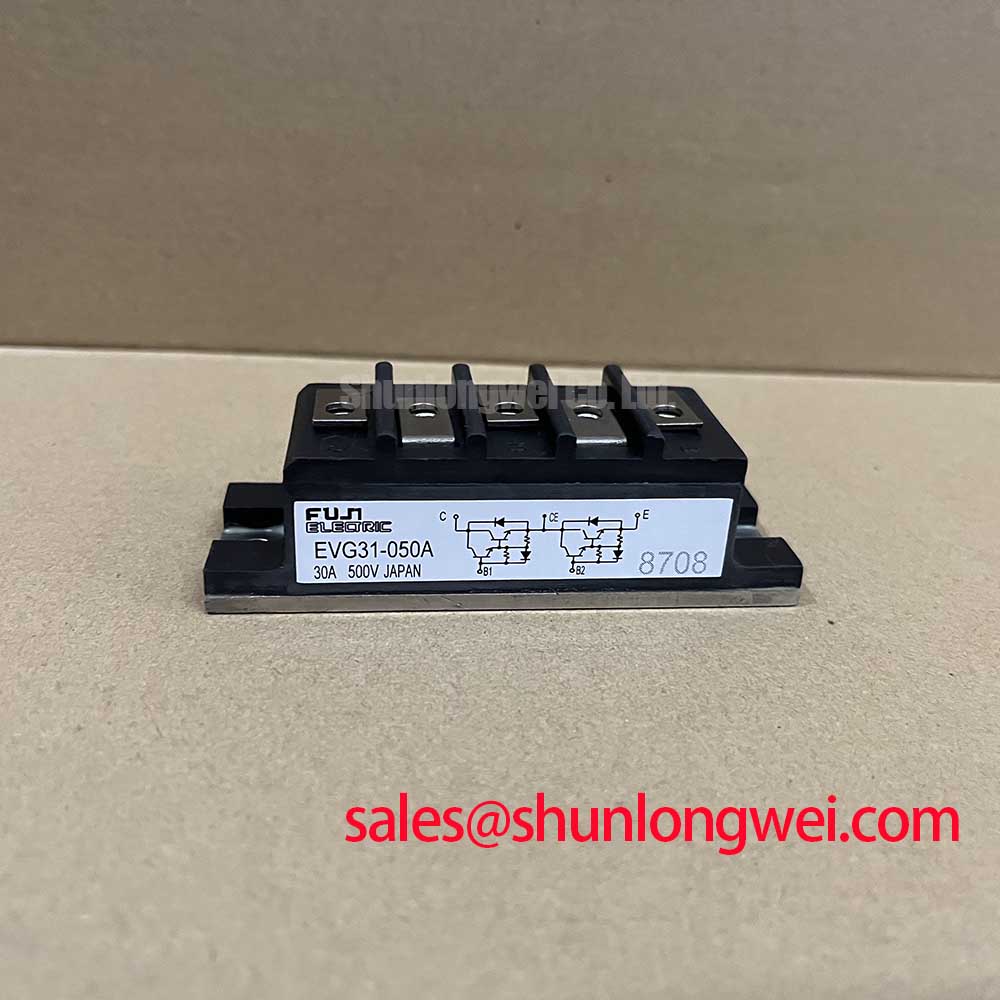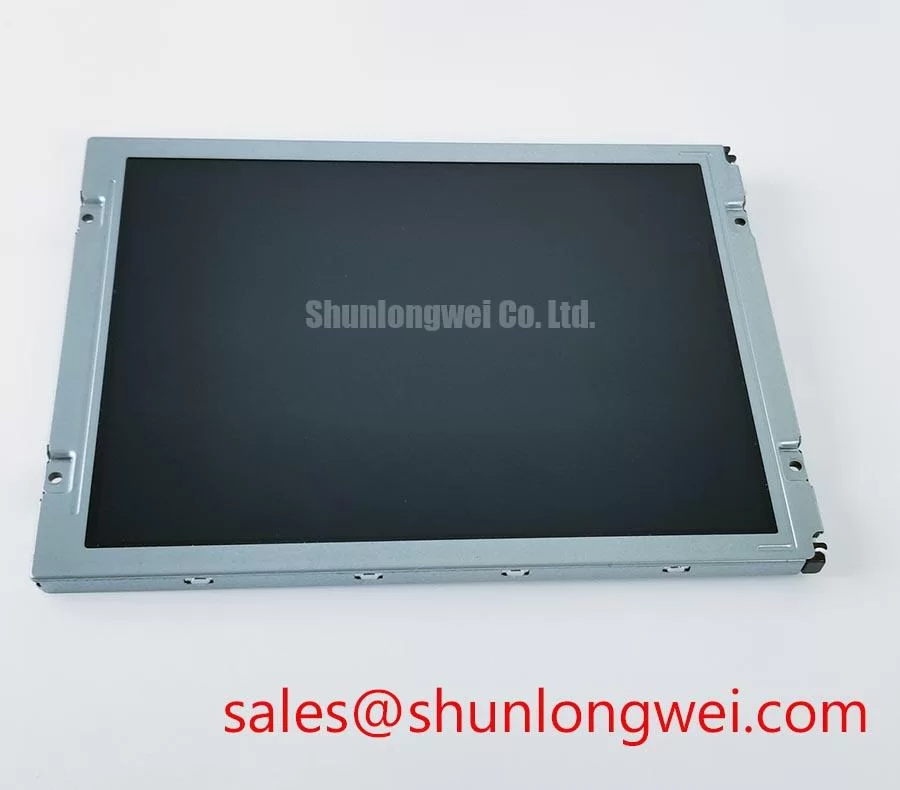SKM400GAR124D: Technical Product Page
Semikron SKM400GAR124D NPT IGBT Module: Engineering for High-Reliability Power Conversion
System-Level Benefits in High-Frequency Power Conversion
The Semikron SKM400GAR124D is a high-performance single IGBT module engineered for demanding power conversion applications. This component leverages a non-punch-through (NPT) IGBT structure, delivering a robust combination of high-speed switching and thermal stability essential for modern inverter drives, uninterruptible power supplies (UPS), and other high-frequency switching systems. With its 1200V collector-emitter voltage and 400A nominal current rating, the SKM400GAR124D provides a dependable foundation for power stages requiring both significant power handling and operational efficiency. A key design feature is its isolated copper baseplate utilizing Direct Copper Bonding (DCB) technology, which enhances thermal transfer and improves long-term reliability by minimizing thermomechanical stress. For high-power systems requiring parallel operation or different configurations, the related SKM400GB124D offers an alternative half-bridge configuration, while the SKM500GA124D provides a higher current rating for increased power output.
What is the primary benefit of its DCB baseplate? Enhanced thermal performance and mechanical robustness, crucial for power cycling reliability. This module is specifically designed for switching applications and is not intended for linear use, ensuring optimal performance in its target operational modes. Best Fit: For industrial inverter drives up to 250 kW where low switching losses and high thermal cycling capability are critical design requirements, the SKM400GAR124D offers a robust and efficient solution.
Key Parameter Overview
Decoding the Specs for Enhanced Thermal and Electrical Performance
The technical specifications of the SKM400GAR124D are tailored to deliver reliable performance in high-stress electrical environments. The module's design focuses on minimizing losses, ensuring stable operation across a wide temperature range, and providing a high safety margin.
| Parameter | Symbol | Value | Unit | Conditions |
|---|---|---|---|---|
| Collector-Emitter Voltage | VCES | 1200 | V | - |
| Continuous Collector Current | IC | 400 | A | Tcase = 80°C |
| Collector-Emitter Saturation Voltage | VCE(sat) | 2.25 (typ) / 2.7 (max) | V | IC = 400 A, VGE = 15 V |
| Gate-Emitter Threshold Voltage | VGE(th) | 4.5 to 6.5 | V | - |
| Total Power Dissipation per IGBT | Ptot | 2500 | W | - |
| Thermal Resistance, Junction-to-Case | Rth(j-c) | 0.05 | °C/W | per IGBT |
| Short Circuit Withstand Time | tpsc | 10 | µs | VGE ≤ 15 V, VCC ≤ 800 V |
Download the SKM400GAR124D datasheet for detailed specifications and performance curves.
Application Scenarios & Value
System-Level Benefits in Industrial Power Conversion
The SKM400GAR124D is engineered to address the core challenges of reliability and efficiency in industrial power electronics. Its robust design and specific features translate directly into system-level advantages for designers and operators.
- Industrial Motor Drives: In high-power AC motor drives, the module's low VCE(sat) of 2.25V (typical) minimizes conduction losses, directly improving the drive's overall energy efficiency. The fast and soft recovery characteristics of the integrated CAL (Controlled Axial Lifetime) anti-parallel diode reduce switching losses and EMI, simplifying filter design.
- Uninterruptible Power Supplies (UPS): The module’s high short-circuit capability, self-limiting to six times the nominal current, and a 10µs withstand time provide critical protection in UPS systems, enhancing system survivability during fault conditions. This robustness is essential for ensuring power continuity in data centers and industrial facilities.
- Welding Power Supplies: The high current handling (IC = 400A at 80°C) and excellent thermal performance (Rth(j-c) = 0.05 °C/W) allow the module to manage the demanding, cyclical loads of advanced welding equipment, ensuring consistent power delivery and long operational life.
The module's construction, featuring a DCB isolated copper baseplate, offers superior thermal conductivity. Think of it like the cooling system in a high-performance engine; the DCB plate efficiently pulls heat away from the silicon chip, preventing overheating and extending the component's lifespan under heavy loads. This is a significant advantage over modules with standard soldered baseplates, which can be prone to fatigue over many thermal cycles. For further insights into IGBT technology and its applications, explore this guide on analyzing IGBT modules.
Technical Deep Dive
A Closer Look at the NPT Structure and CAL Diode Technology
The performance of the SKM400GAR124D is rooted in its Non-Punch-Through (NPT) IGBT technology. Unlike older Punch-Through (PT) designs, NPT IGBTs feature a thicker, lightly doped n-drift region. This architecture provides a positive temperature coefficient for the saturation voltage, which is a crucial feature for paralleling modules. As one module heats up, its resistance increases slightly, naturally forcing current to share more evenly with cooler, parallel modules. This self-balancing act prevents thermal runaway, a common failure mode in high-current applications, simplifying the design of multi-module power stages.
Furthermore, the integration of a Fast & Soft Inverse CAL (Controlled Axial Lifetime) Diode is a key element. A standard diode might switch off abruptly, causing high voltage spikes (overshoot) and electromagnetic interference (EMI). The "soft" recovery of the CAL diode mitigates this effect. Imagine it as a door with a hydraulic closer versus one that slams shut; the controlled, softer action prevents jarring shocks to the electrical system. This reduces the need for large, costly snubber circuits, saving space and component costs while improving the system's overall electromagnetic compatibility (EMC).
Frequently Asked Questions (FAQ)
What does the 'GAR' designation in SKM400GAR124D signify?
The 'GAR' suffix in Semikron's part numbering typically indicates a single IGBT (GA) with a freewheeling diode in a specific pin-out configuration (R). This half-bridge chopper configuration is common in applications like buck or boost converters and DC motor drives.
Is this module suitable for high-frequency applications?
Yes, the SKM400GAR124D is designed for switching applications. Its low tail current, which has minimal temperature dependence, contributes to lower turn-off losses. This characteristic makes it well-suited for systems operating at higher switching frequencies where minimizing these losses is critical for achieving high efficiency and managing thermal load.
How does the Direct Copper Bonding (DCB) baseplate improve reliability?
Direct Copper Bonding technology creates a strong, direct bond between the ceramic insulator and the copper baseplate without a solder layer. This construction has a coefficient of thermal expansion (CTE) better matched to the silicon chip, significantly reducing mechanical stress during temperature changes. This results in superior thermal cycling capability and a longer operational lifetime compared to conventional modules, especially in applications with frequent on/off cycles.
What are the recommended gate drive voltage settings for this module?
The datasheet specifies a gate-emitter threshold voltage (VGE(th)) between 4.5V and 6.5V. For optimal performance, a positive gate voltage of +15V is typically used for turn-on. To ensure a robust turn-off and prevent parasitic turn-on due to dV/dt effects, a negative gate voltage in the range of -5V to -15V is recommended, as noted in the datasheet characteristics.
Engineering Perspective
From an engineering standpoint, the SKM400GAR124D represents a classic workhorse module designed for durability and predictable performance. The emphasis on a homogenous silicon structure, latch-up free operation, and a robust thermal interface (DCB) highlights a design philosophy centered on long-term operational reliability over cutting-edge, low-loss figures. While newer trench-gate field-stop technologies may offer lower saturation voltages, this NPT module provides a stable, proven solution for applications where robustness against fault conditions and resilience in harsh thermal cycling environments are the primary design drivers. Its characteristics make it a straightforward component to design with, particularly for engineers who prioritize system longevity and ease of parallel operation in the 100-250kW power range.

